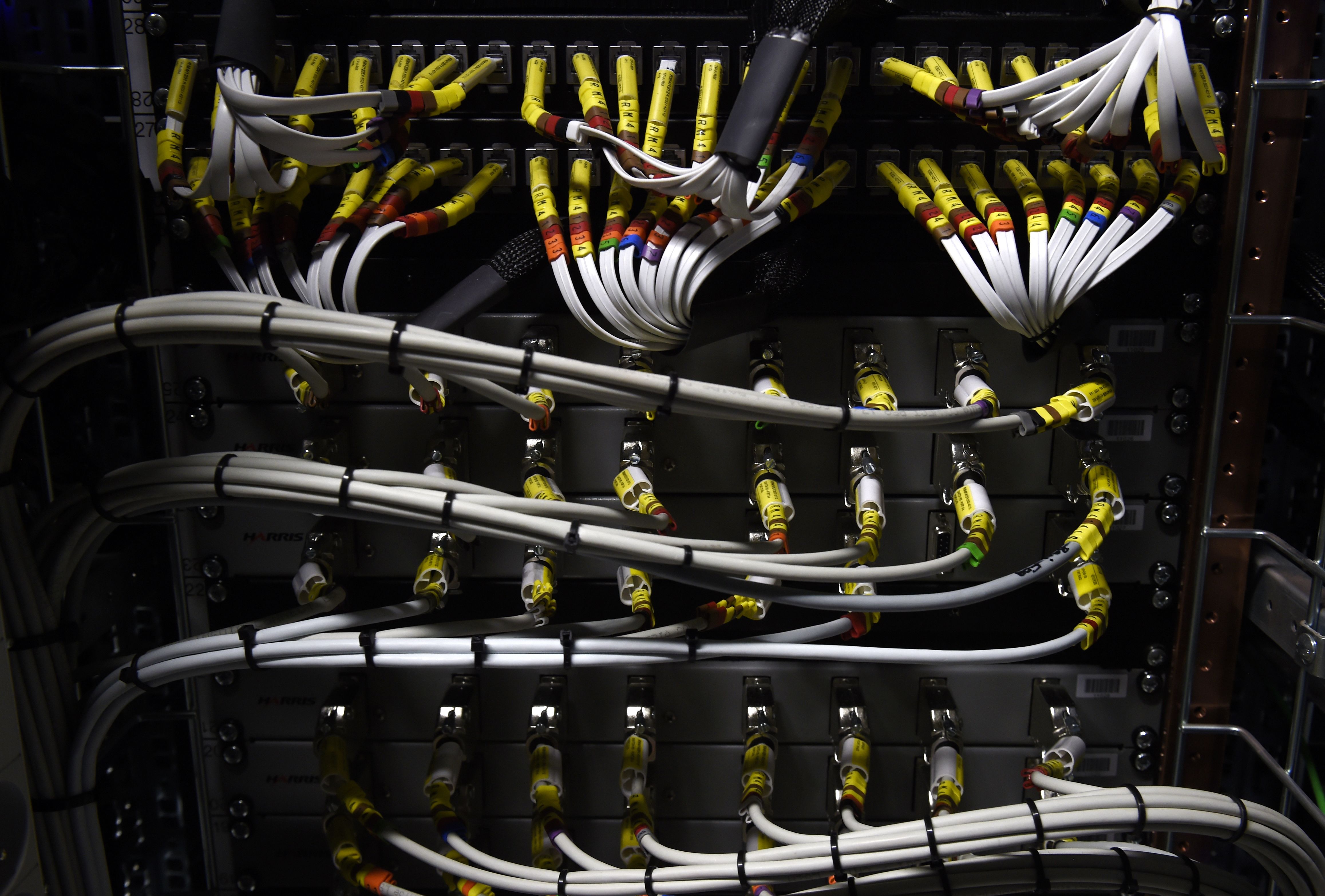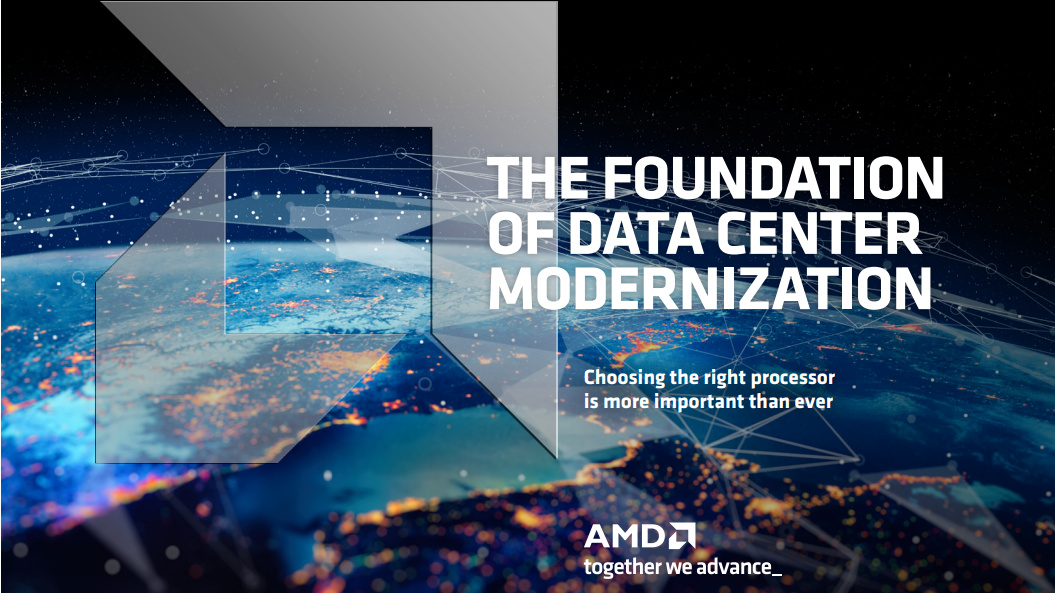Legacy IT infrastructure accounts for more than a third of enterprise power consumption, and it’s creating a sustainability nightmare for IT leaders
Legacy IT infrastructure is creating a serious drain on budgets due to power consumption, research shows, meaning IT leaders are struggling to meet environmental targets


Legacy IT infrastructure accounts for more than a third of organizations’ (37%) overall power consumption, according to new research, which is stretching enterprise budgets amid a sharpened focus on digital transformation.
A study from Daisy Corporate Services found that legacy IT infrastructure was increasingly becoming a problem for sustainability, with around two-thirds (63%) describing it as causing significant challenges.
Outdated hardware is the scourge of many organizations as more and more frequently shift to the cloud as their new operating environments.
This legacy equipment can be difficult to migrate to the cloud, forcing businesses to either incur the cost of replacing the equipment or deal with the consequential boost in emissions.
As is the case across the board in organizations, IT staff are increasingly being pushed towards contributing to company-wide sustainability targets.

The study found that just under nine-in-10 (86%) IT decision makers (ITDMs) described sustainability and energy efficiency as important to their IT operations. 84% of ITDMs also said that their respective organizations had put sustainability targets in place.
Unfortunately, only 51% of the surveyed employees described themselves as “very confident” in their ability to meet those targets.
Sign up today and you will receive a free copy of our Future Focus 2025 report - the leading guidance on AI, cybersecurity and other IT challenges as per 700+ senior executives
RELATED WHITEPAPER
Sustainability is now front and center in the minds of many IT leaders. However, recent research from Microsoft and Kyndryl found that while 85% of organizations place a “high strategic level of importance” on sustainability targets, only 16% have successfully worked sustainability into the overall strategies and practices.
“Legacy technology is a cause for concern amongst IT teams, with aging equipment still contributing significantly to power consumption,” said Andy Bevan, Head of Propositions and Strategy Consulting at Daisy.
“Organizations can benefit from the sustainability features of their cloud providers but are being held back by the challenges of migrating their legacy hardware,” he added.
Legacy IT infrastructure impedes digital transformation
Legacy infrastructure impedes migration as well. Half of respondents described the “complexity of existing IT infrastructure” as the main barrier to a successful cloud transition.
The surveyed ITDMs did, however, cite other problems with cloud migration, such as data security and multi-cloud environment complexity. Nearly a third (31%) of respondents said that the main barrier to the cloud was a lack of budget.
With budgetary constraints a key concern, however, sticking with legacy IT infrastructure only exacerbates the issue, the study noted. IT leaders acknowledged that almost a third (29%) of their budget are being used to maintain and manage inefficient legacy hardware.
Energy costs can ramp up quickly when operating dated systems, and ITDMs expressed ways to drive down costs in the survey.
86% think the adoption of a consumption-based IT infrastructure would help to reduce expenditure, while 82% think that artificial intelligence operations (AIOps) would make their organizations more efficient and cost-effective.
Six-in-ten organizations were using AI to monitor energy use towards the end of 2023, according to Kyndryl and Microsoft, though only 34% were using present-tense data to predict future energy consumption.
“Driving efficiencies is a big part of businesses’ survival strategies today, which is having a huge impact on IT teams,” Bevan said.
“At a time when IT leaders are under pressure to reduce capital expenditure many organizations are still incurring significant maintenance and support costs on their legacy hardware. By moving to the cloud and a consumption-based pricing model, organizations can reduce ongoing costs and increase flexibility by paying for what they use,” he added.
“For cost-constrained IT departments this should be their nirvana.”

George Fitzmaurice is a former Staff Writer at ITPro and ChannelPro, with a particular interest in AI regulation, data legislation, and market development. After graduating from the University of Oxford with a degree in English Language and Literature, he undertook an internship at the New Statesman before starting at ITPro. Outside of the office, George is both an aspiring musician and an avid reader.
-
 Microsoft CEO Satya Nadella wants an end to the term ‘AI slop’ in 2026
Microsoft CEO Satya Nadella wants an end to the term ‘AI slop’ in 2026News Microsoft CEO Satya Nadella might want the term "AI slop" shelved in 2026, but businesses will still be dealing with increasing output problems and poor returns.
-
 New security features are coming to Microsoft Teams this month
New security features are coming to Microsoft Teams this monthNews From 12 January, weaponizable file type protection, malicious URL detection, and a system for reporting false positives will all be automatically activated.
